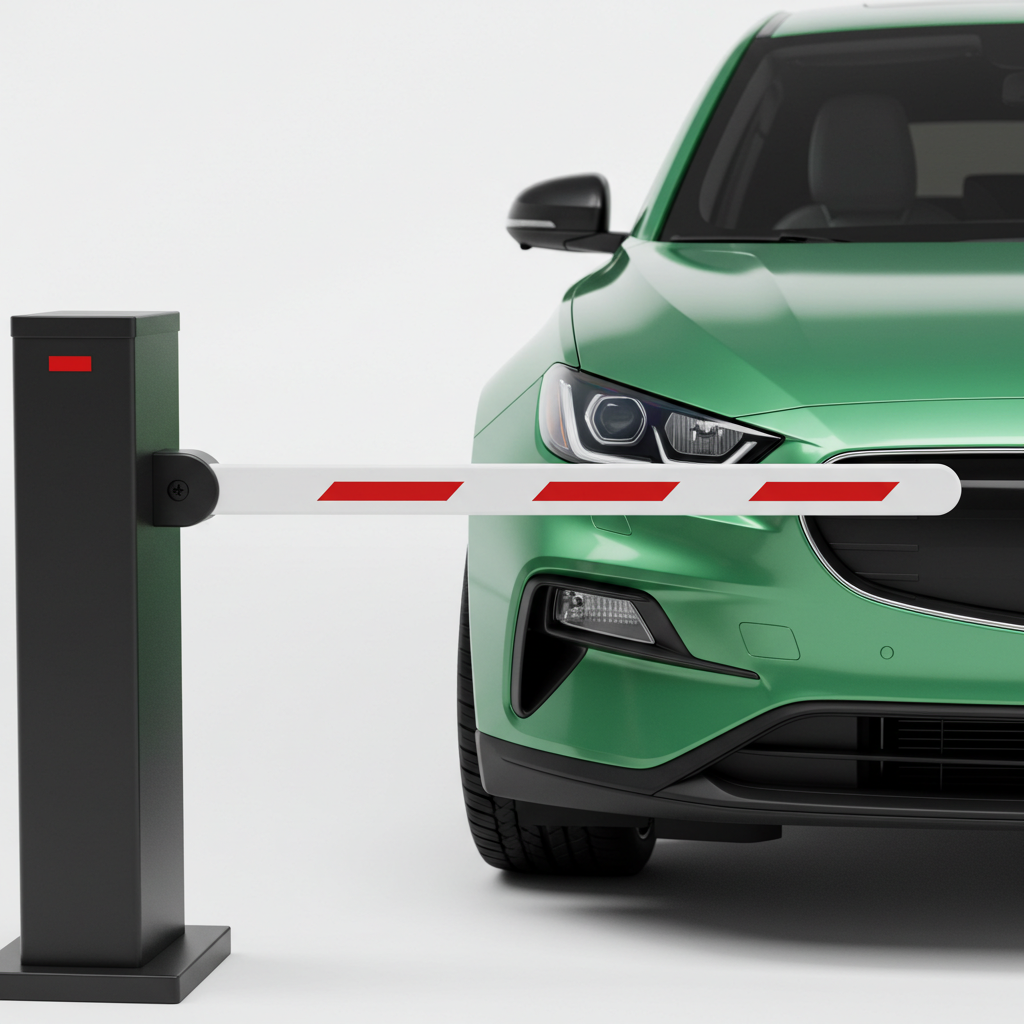Feel free to contact us regarding any additional concerns.
(+63) 917-321-6561

As the global push toward sustainable transportation gains momentum, the Philippines finds itself at a critical juncture in its electric vehicle (EV) journey. Despite growing environmental awareness and government initiatives promoting clean energy transition, one formidable obstacle continues to hamper widespread EV adoption across the archipelago: the severe lack of charging infrastructure. This blog explores how this infrastructure gap is shaping the Philippine EV landscape and what it means for the future of sustainable transportation in the country.
Recent studies paint a clear picture of the charging infrastructure challenge in the Philippines. According to a comprehensive 2025 Deloitte study, an overwhelming 55% of Filipino respondents identified the insufficient public charging network as their primary concern when considering an electric vehicle purchase.
Publicly accessible chargers nationwide as of early 2025
Planned publicly accessible chargers nationwide by 2028
7300 is the figure experts consider necessary to support meaningful EV adoption across the country. The geographical distribution of these limited charging facilities presents additional challenges. The existing infrastructure is heavily concentrated in Metro Manila and a few other major urban centers, leaving vast portions of the country essentially inaccessible to EV drivers.

The term “range anxiety”—the fear of running out of power without access to charging facilities—takes on particular significance in the Philippine setting. Several factors amplify this concern:

The Philippines’ archipelagic nature means that inter-island travel often involves significant distances, making reliable charging networks essential for broader mobility.

With charging stations primarily located in metropolitan areas, travel beyond these zones becomes increasingly risky for EV owners.

Manila’s notorious traffic congestion can drain EV batteries faster than expected, increasing anxiety about reaching available charging points.
For many potential buyers, these concerns transform what should be the everyday convenience of driving into a constant source of stress and calculation—a significant deterrent to EV adoption.
The infrastructure shortage affects EV adoption in several interconnected ways:
Without reliable access to charging facilities, electric vehicles become impractical for many usage scenarios. Long-distance travel, particularly outside major urban centers, becomes challenging if not impossible. This limitation significantly reduces the appeal of EVs compared to conventional vehicles, which benefit from the Philippines’ extensive gasoline station network.
While home charging offers a potential solution, the Philippines faces unique challenges in this regard:
These realities make public charging infrastructure not just a convenience but a necessity for viable EV adoption.
The Philippine EV market faces a classic “chicken-and-egg” problem:
This self-reinforcing cycle creates a market stalemate that slows the transition to electric mobility.
However, these efforts remain in early stages and have yet to achieve the critical mass needed for transformative change.
Addressing the Philippines’ charging infrastructure challenge will require coordinated action across multiple fronts:

Rather than attempting to achieve immediate nationwide coverage, a strategic approach focusing on high-impact locations could create viable EV corridors:

Exploring charging technologies specifically suited to Philippine conditions could accelerate deployment:

Innovative community-based approaches could help address charging needs:
For many potential buyers, these concerns transform what should be the everyday convenience of driving into a constant source of stress and calculation—a significant deterrent to EV adoption.
The lack of charging infrastructure remains the single most significant barrier to EV adoption in the Philippines. With only 900 stations currently available against a needed 7,300 by 2028, the gap is substantial and impacts everything from daily commuting to long-distance travel possibilities.
However, this challenge also presents an opportunity. With thoughtful planning, strategic investment, and innovative approaches tailored to Philippine realities, the country can develop a charging ecosystem that not only supports EV adoption but becomes a model for other developing nations facing similar challenges.
The transition to electric mobility represents a crucial step toward a more sustainable transportation future for the Philippines. By addressing the infrastructure gap head-on, the country can overcome the primary roadblock to widespread EV adoption and unlock the environmental and economic benefits of electric transportation.
Lou Beltran is a business consultant specializing in technology adoption and sustainable business practices. With extensive experience working with SMEs and startups, Lou helps businesses navigate technological transitions including the move to electric vehicle fleets.
Address: Right Wing, Unit 9, Lower Ground Floor, Goshen Land Towers, Upper General Luna, Baguio City Philippines 2600
Mobile: +63 961-565-9289
Email: hello@addavolt .com
Copyright © 2025 – AddaVolt Inc.